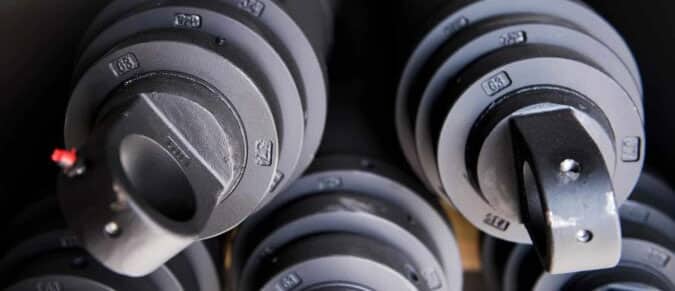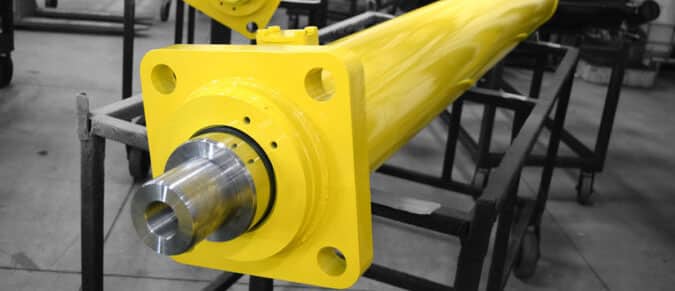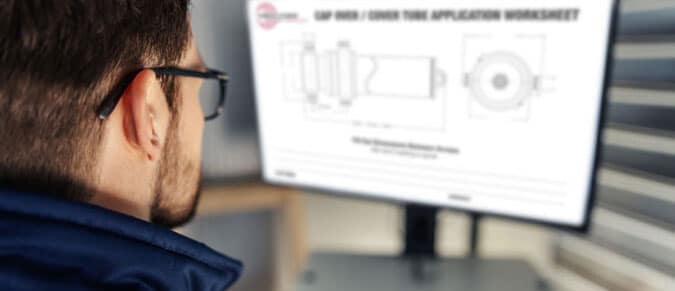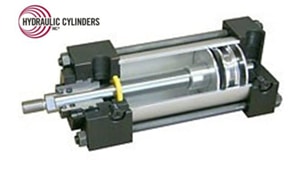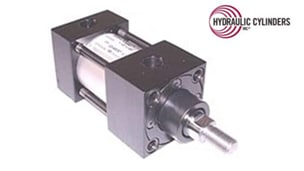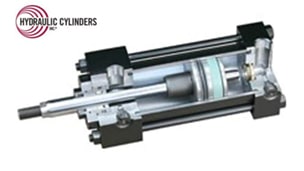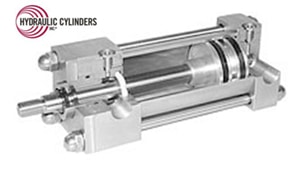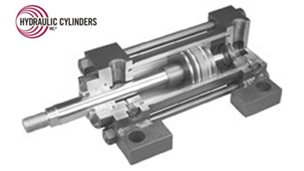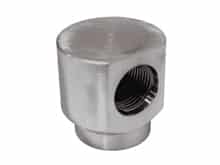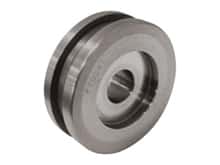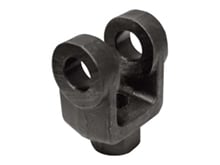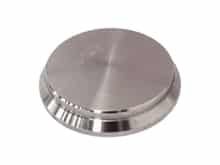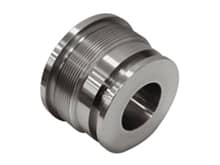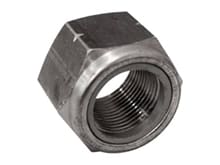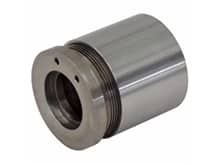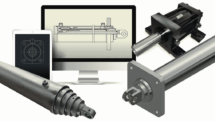Installing a New Hydraulic Cylinder
This how-to guide provides an overview of the steps needed for replacing a hydraulic cylinder, including prep work, removing your old cylinder, installing a new hydraulic cylinder, and important safety precautions for hydraulic cylinder replacement.
Hydraulic Cylinder Installation Prep Work
Before installing your new hydraulic cylinder, the first step is to create a safe workspace for removal and installation. Make sure the area is clean and dry to keep the cylinder components contaminant-free during installation. After setting up your work area, you can continue with the additional prep steps below.
- Grease all components and flush the hydraulic pipes before connecting them to the new hydraulic
- Ensure there are no pressure or external forces added in the hydraulic system when lowering the loads.
- Close the shut-off valve, turn off the hydraulic pump, and release circuit pressure before beginning any maintenance.
Safety Precautions for Hydraulic Cylinder Replacement
Before beginning any hydraulic cylinder work, please have the proper protection equipment available. This equipment should include safety goggles/glasses, boots, gloves, ear protection, and safety helmets. Additional safety precautions include:
- Keeping your hands and feet away from the cylinder during testing
- Selecting the proper supports that can hold and support the hydraulic cylinder
- Making sure the cylinders are not running and unable to start during removal and installation. Depending on your work environment, you may need additional blocking to prevent movement.
As a general rule, you should never exceed the equipment ratings, nor should you set the relief valve at a higher pressure than the maximum rated pressure.
How to Remove Your Old Hydraulic Cylinder
First, check to make sure there is no stored energy that could pose a safety hazard. Ensure the machine is locked out and unable to move during removal and make sure there is no pressure in the cylinder. Once you check everything over, proceed with the steps below to remove your hydraulic cylinder safely.
- Plug or cap hydraulic hoses, pipes, and ports
- Remove the base end and rod end hydraulic pins from the cylinder
- Mount the hydraulic cylinder into support.
- Dismount the hydraulic cylinder supports.
- Lower the cylinder.
Install Your New Hydraulic Cylinder
Before installing your new hydraulic cylinder, start by checking the cylinder seals, end dampings, and fittings to make sure you have the correct types and sizes. Next, inspect all bearings and pins to make sure they are properly greased. You should also check the hydraulic cylinder connections include the correct sizes and placement.
- Adjust the installation measure of the hydraulic cylinder to the pre-check value. Lock the eye fastened to the piston rod. If you are not sure about the measure, compare the measured value to the installation measure mentioned in the hydraulic cylinder assembly drawing of the device.
- Adjust the new cylinder end damping and replicate them to mirror the old hydraulic cylinder.
- Make sure the hydraulic cylinder connection holes are aligned in the correct direction.
- Lift the hydraulic cylinder and fasten it into place.
- Tighten the fasteners of the hydraulic cylinder.
- Remove the protective plugs.
- Fasten the hydraulic hoses or pipes.
- Remove the lifting equipment from the hydraulic cylinder and/or remove the supports.
Final Steps for Installing Your New Hydraulic Cylinder
- Fasten the removed guards to their proper places.
- Connect the system energy sources
- Bleed the hydraulic cylinder if test couplings are included/available. Run the cylinder until there is no air in the system and the movement runs smoothly.
- Adjust the end cushion of the new hydraulic cylinder so it does not slam at the stroke end.
- After testing work cycles, make sure adjustments remain unmoved/stay in place.
Hydraulic Cylinders, Inc. provides replacement hydraulic cylinders and components built for performance and durability. Contact us or call our experts at 1-866-817-9958 to get the double- or single-acting hydraulic cylinders you need fast. We can also help you with any questions you have about hooking up your new hydraulic cylinder.

